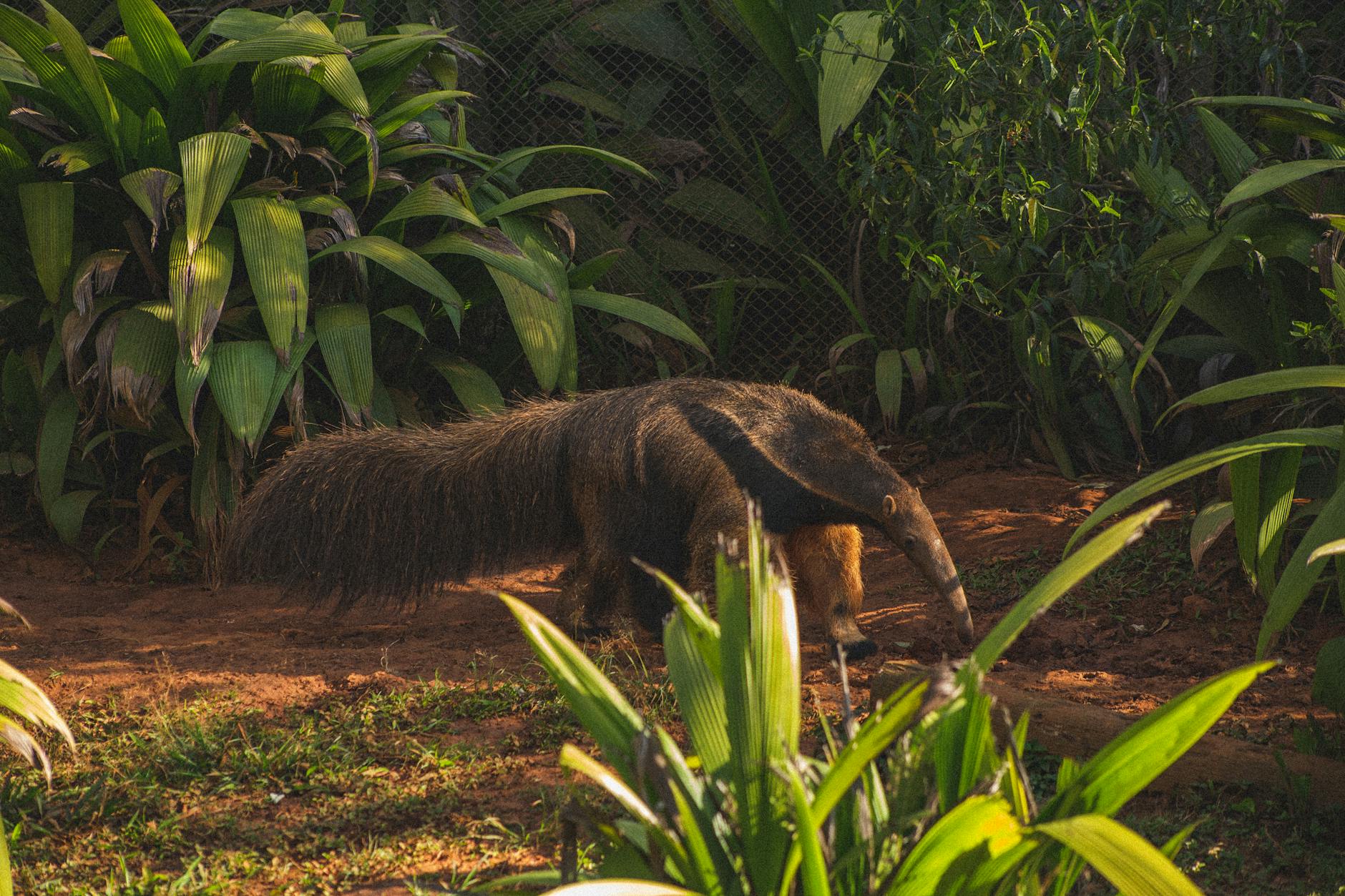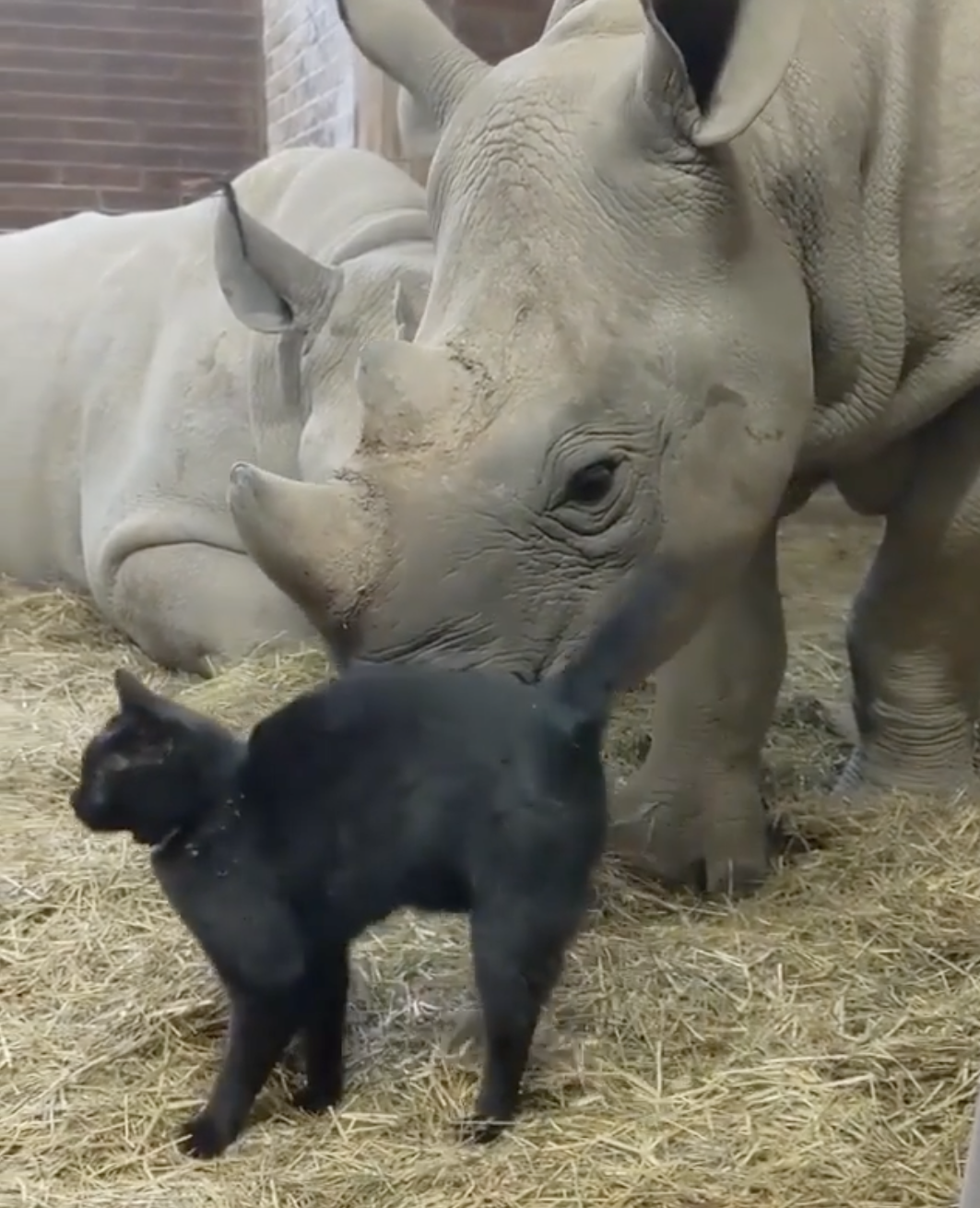
The kinkajou, also known as the honey bear, is a captivating creature that sparks curiosity with its adorable looks and surprising skills. Here are the top ten questions to quench your thirst for knowledge about these rainforest charmers:
- Are kinkajous really related to bears? No, kinkajous are not related to bears despite the nickname “honey bear.” They belong to the family Potosidae, which is more closely related to raccoons and ring-tailed cats.
- What makes kinkajous so good at climbing? Their bodies are built for agility! Sharp claws, a slender build, and a long, prehensile tail that acts like an extra limb allow them to navigate the rainforest canopy with ease.
- Are kinkajous related to monkeys? While kinkajous appear to be a cross between a monkey and a bear, they are actually members of the raccoon family. They are related to coatimundis, ringtails, and olingos.
- Why are kinkajous called honey bears? Kinkajous have a long, extendable tongue perfect for reaching into beehives and extracting their favorite food source – honey! However, their diet also includes fruits, nectar, and insects.
- Are kinkajous nocturnal? Absolutely! These rainforest dwellers come alive at dusk when the forest awakens. Their large eyes help them see well in low light, and their keen sense of smell aids in locating food.
- How do kinkajous raise their young? Kinkajous are monogamous, and the parents work together to raise their single offspring. The baby clings to its mother’s back as she navigates the canopy, learning survival skills.
- What are the biggest threats to kinkajous? Habitat loss due to deforestation is the primary threat, fragmenting their habitat and reducing food sources. The illegal pet trade can also put pressure on wild populations.
- What is the conservation status of kinkajous? The IUCN Red List classifies kinkajous as Vulnerable. Conservation efforts focus on protecting rainforests, promoting sustainable practices, and raising awareness about these fascinating creatures.
- How do kinkajous communicate? Despite their solitary nature, kinkajous are surprisingly vocal. They use a range of chirps, growls, and whistles to communicate with each other, especially during mating season.
- Where can I find kinkajous in the wild? Kinkajous are native to the rainforests of Central and South America, ranging from Mexico to southern Brazil.
- Can kinkajous be kept as pets? While sometimes captured for the illegal pet trade, kinkajous are wild animals with specific needs. Their complex social behavior and dietary requirements make them unsuitable for most domestic environments.
These questions provide a springboard for further exploration into the fascinating world of kinkajous. By understanding their unique adaptations, the challenges they face, and ongoing conservation efforts, we can appreciate their role in the rainforest ecosystem and work towards ensuring their survival.
More photos below ↓














